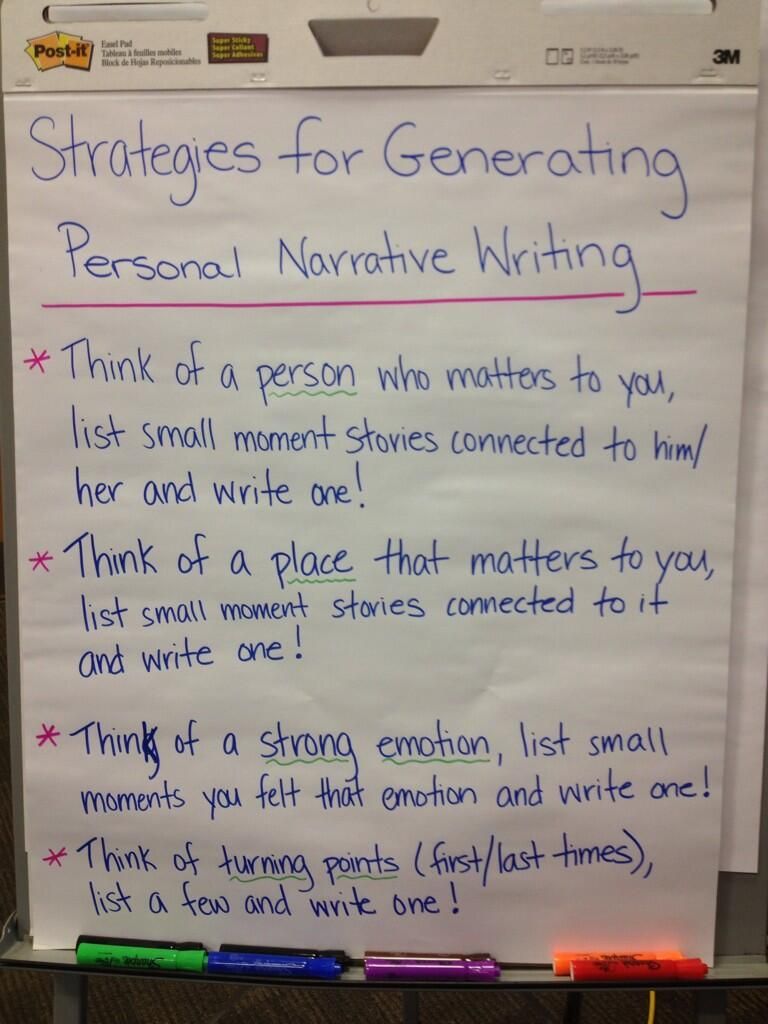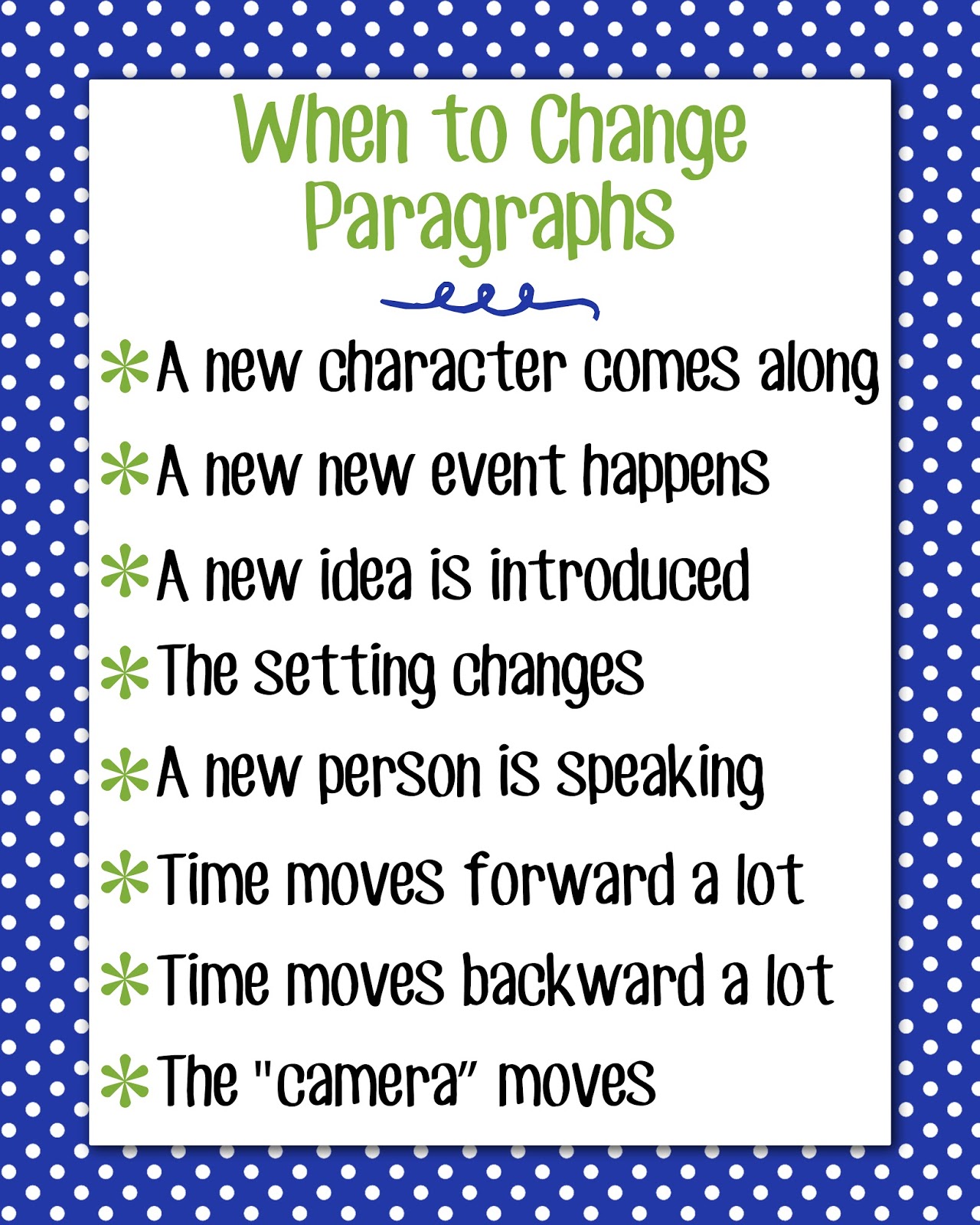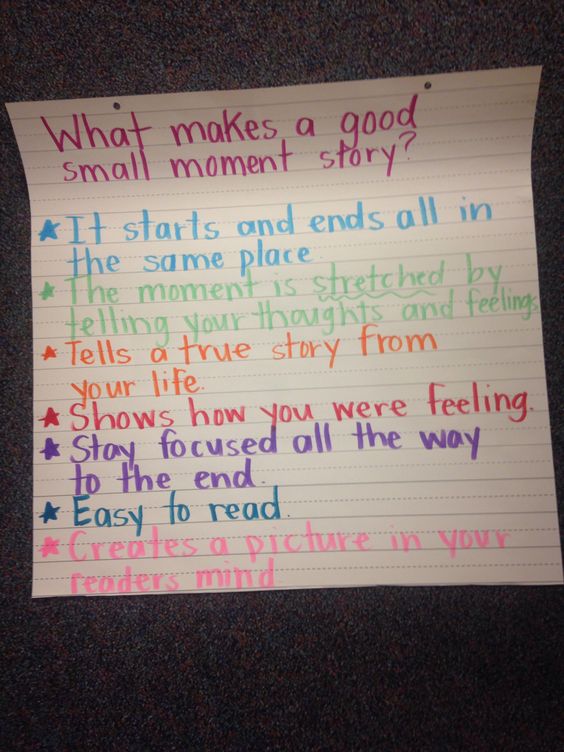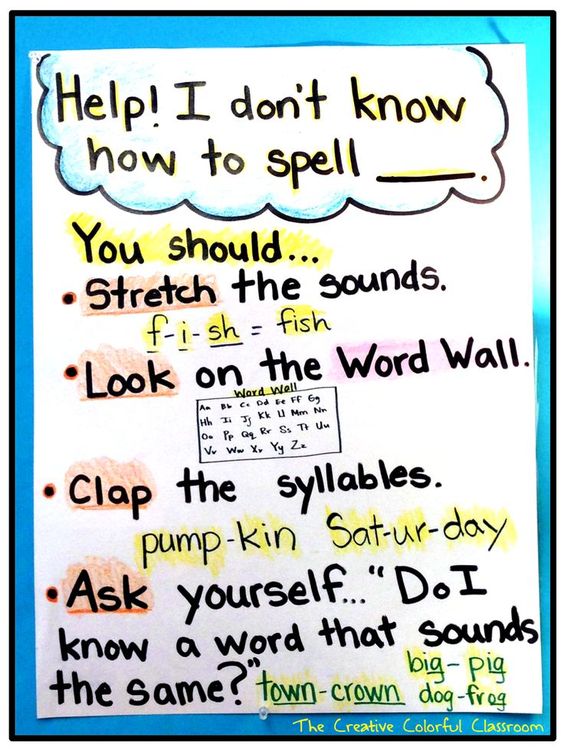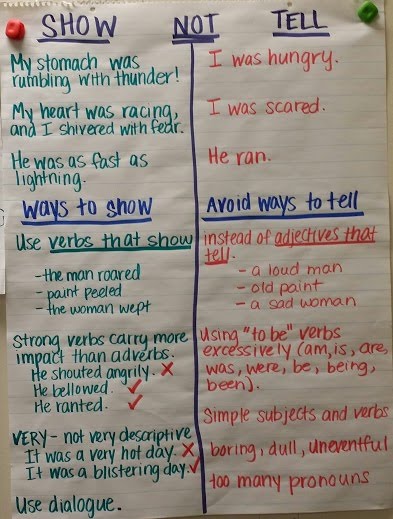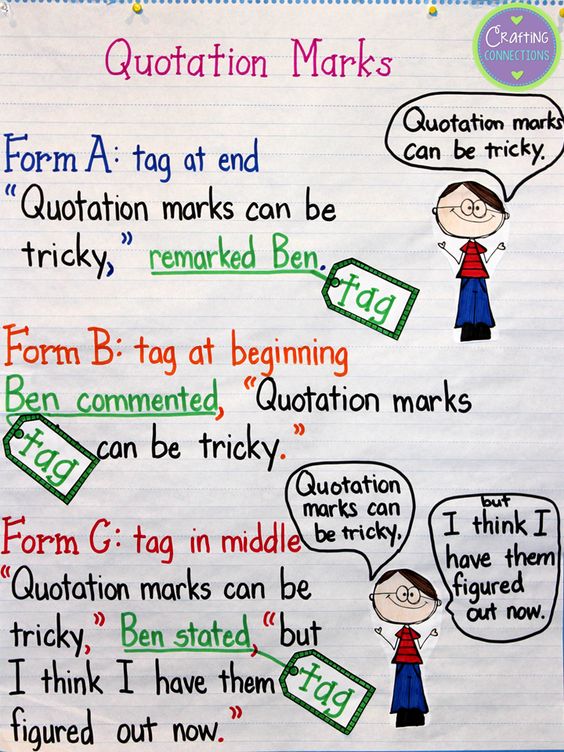Unit 1: Crafting True Stories
This unit moves students from writing a book a day (primary workshop) to work on longer projects (intermediate workshop). Students invest time in rehearsal for writing, collecting quick drafts of possible stories in notebook entries, and later select one to take through the writing process. Students will develop stories that are driven by characters’ experiences and their responses to those experiences. Emphasis will be placed on volume of writing as third graders should be able to write a page-long entry in one sitting. Within the unit, there are four bends:
- The focus in Bend 1 is on providing a vision for the kinds of writing 3rd graders can do. Writers will examine examples of writer’s notebooks, set personal writing goals, and study storytelling moves through mentor texts. They will work on increasing volume and stamina for writing while adhering to clear expectations for the workshop time.
- In Bend 2 writers learn to keep writing in a notebook rather than a folder. They learn to reread stories, select a seed idea, and develop it through repetitive storytelling. By drafting several leads, and exploring a variety of ways the story may go, writers eventually come out of notebook and begin drafting. Children are introduced to paragraphing to help them organize their thoughts. Writers learn ways to elaborate through adding actions, dialogue, thoughts and feelings. They also begin partner work as a way to share ideas.
- In Bend 3 writers will finish one piece and begin another, transferring the knowledge gained thus far to a new story. Lessons will emphasize storytelling versus summary, remaining focused and adding details. Writers will also be introduced to punctuating dialogue.
- Writers in Bend 4 will select one piece they wish to revise, edit, and publish. Children will be asked to look at mentor text to study how authors craft endings to their stories and try those techniques in their own writing. They also learn how to use an editing checklist.
